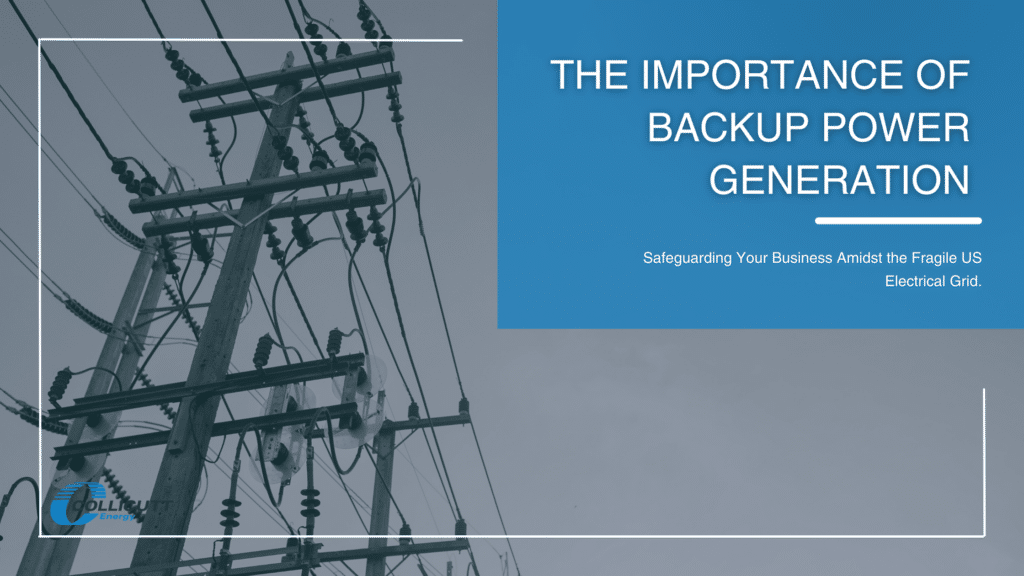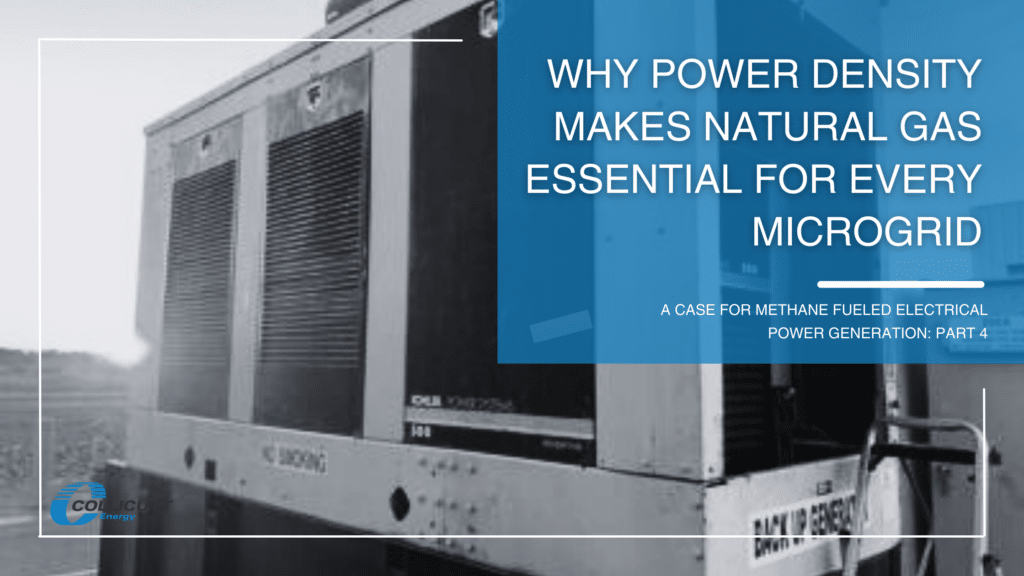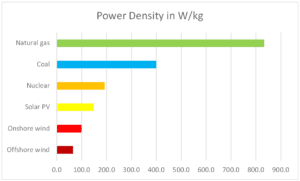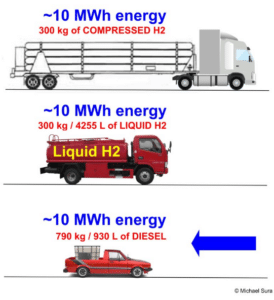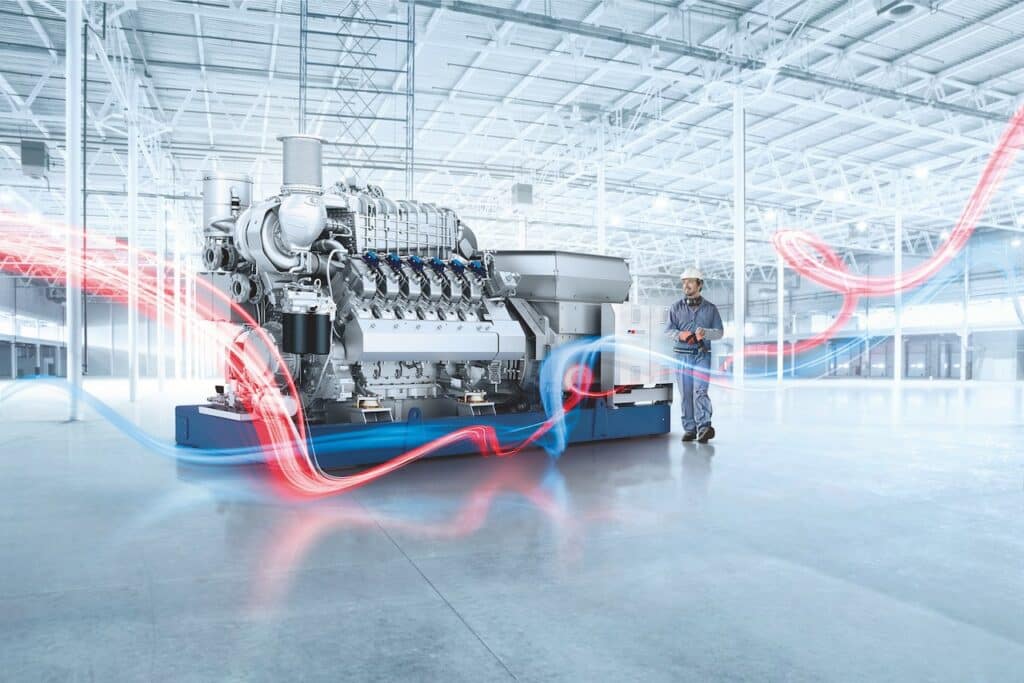Reliable electricity is the lifeblood of our entire society! Without electricity, we would not be able to grow, transport, or store food; heat or cool our homes; transact business; secure our country, and the list goes on! However, the stability of the US electrical grid has become a growing concern. This has been highlighted by an increasing frequency of power outages caused by weather events, accidents, and natural disasters. These events highlight the urgent need for businesses to consider backup power generation as a crucial investment.
Fragility of the Electrical Grid
According to a recent paper written by Robert Bryce1, the US electric grid has a generation capacity of 1.25TW and is interconnected across the continent by:
- 6.1 million miles of wire, poles and transformers
- 12,538 utility scale power plants
- 9 federal power agencies
- 2,003 public utilities
- 856 coops
- 315 power marketers
- 178 investor owned utilities
This ad hoc compilation of disparate parts and systems results in an extremely complex and potentially unstable system! The vulnerability challenges that the grid is facing can be categorized into a few main areas:
- Complex interconnections – All of the different organizations involved in the regulation, power generation, transmission, and distribution of electric power create a myriad of single points of failure. These single points of failure may be minor but could cause a cascade of additional failures impacting a large geographical area.
- Aging infrastructure – Much of the US power grid is outdated and in need of modernization. These aging components add to the risk and complexity identified in point (1) above.
- Extreme weather – Weather events can cause outages due to loss of sub stations or powerplants, downed powerlines, etc.. Add to this grids that don’t have enough gas, hydro, or nuclear power generation to cover their demand when that demand is high and wind turbines or solar are not producing.
- Overload – The pace of urbanization has outstripped the pace of new power generation capacity. This results in increased grid overload and eventually brownouts or blackouts.
- Cybersecurity – Technology has advanced over the years and the threat of cyber attacks on our power grids is significant2, 4, 5. Although, there are many efforts underway to address this (reference this paper published in September 2021 “Cybersecurity in Power Grids”3) we still have a lot of work to do in this area.
Options for Backup Power Solutions for Your Business
The fragility of the US electrical grid system that is outlined above requires businesses to invest in backup power solutions that will keep them operational while the grid power is unavailable.
Every business is unique and the backup power solution for each business needs to be designed accordingly. Fortunately, there are many options and combinations of products available, including:
- Diesel – A standby power generator that is only stated and run during a power outage. When using HVO fuel, these sorts of systems have reduced emissions significantly. See What is HVO and Why Should You Care for more details.
- Battery – As battery technology is advancing, using batteries as part of your backup power is something that should be considered. They are particularly effective when you have a microgrid system that may need a method of storing extra power that cannot be used at the time it is generated.
- Natural Gas or Biogas – Natural gas power generation is much cleaner than diesel6 so this may be a great option for your business. If you have a source of biogas then you may be able to use this directly or blend7 it with natural gas to create low cost fuel source to generate electricity.
- CHP, Combined Heat and Power8 – CHP systems are typically a natural gas or biogas fueled generator that also capture the heat produced by the generator and use this energy to improve the overall efficiency of the system to greater than 90%. Colleges, schools, commercial buildings, hospitals, and casinos are some examples of where CHPs can be used effectively.
- Microgrid9 – This is a localized group of electricity sources and loads that can operate independently of the traditional centralized power grid. A typical system would include power generation from solar, wind, batteries, and a natural gas or diesel power generator.
- EaaS, Energy as a Service – This is typically supplied as part of a CHP or microgrid power system and consists of a natural gas or biogas fueled generator that is operated and maintained by a third party rather than by the business. See A Sustainable Solution for Uninterrupted Power for more details and advantages of an EaaS solution.
Take Action Today
Businesses cannot afford to overlook the fragility of the U.S. electrical grid. Power outages can have severe consequences for revenue, reputation, and operations. Investing in backup power generation solutions is not just a smart move, it’s a necessity to ensure business continuity, reliability, and peace of mind in the face of an unpredictable electrical grid.
Don’t wait until the next power outage . . . contact Collicutt now tollfree at 1.888.682.6888 and let us guide you to a solution that safeguards your business’s future.

